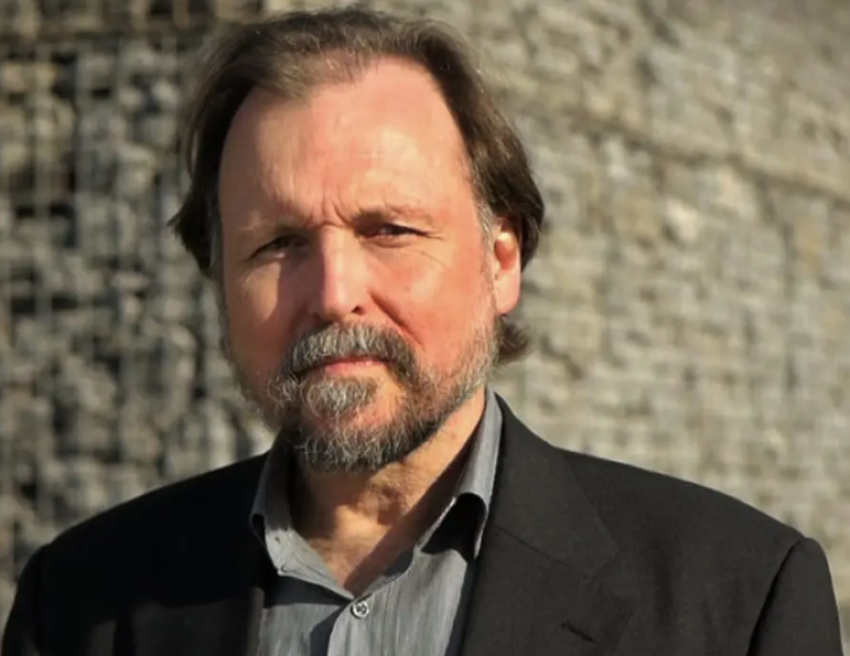
I once heard Phil Sutton explain that he had calculated an approximate figure for how long it would take to save the environment by single-issue campaigning.
Based on the numbers of activists and the sort of time frame it typically takes to develop a successful campaign and see it through to completion — something he had certainly been part of many times — he estimated it would take hundreds of years to save the environment in any meaningful way, by which time it would be too late, of course.
We don’t have hundreds of years to fix many environmental problems. Obviously higher-level change is needed.
That was Phil’s typical way of approaching problems when I worked with him in the late 2000s.
He liked to define the big picture goals and “backcast” (instead of forecast) what would be needed to get there from here. Along with this strategic approach, Phil was most associated with the concepts “climate emergency” and “safe climate”.
He was a true radical, who did not easily fit any of the familiar political categories. He did not see politics as “the art of the possible”. Luke Taylor described it perfectly: “Philip’s quest to turn the seemingly impossible into the possible, and the possible into the probable, made a lasting impact on many campaigners and activists.”
Phil’s CV stretched back decades. I first came across him as the co-author (with veteran leftist, David Spratt) of the alarm-sounding report Climate Code Red, published by Friends of the Earth (2008), republished as a book by Scribe Publications later that year.
Phil and many of the others who I went on to work with for the next several years were present at a Climate Convergence hosted by Friends of the Earth and others in February 2008. This meeting was the genesis of the Climate Emergency Network (CEN), an alliance of the community climate action groups that had played a big role in throwing out the climate-denying John Howard government.
In the contemporary era, that Phil more accurately defined as a “climate emergency”, some of his achievements are particularly noteworthy.
As CEN convenor, Phil found some philanthropic donors who he connected with the start-up non-government organisation, Beyond Zero Emissions (BZE). Now able to hire some talented young engineers as researchers, BZE went from general advocacy for zero emissions technology to writing the first detailed plan for taking Australia to 100% renewable energy, bringing this radical idea from the fringe to the mainstream in a few short years.
Phil’s biggest mainstream accomplishment was probably his role as “architect” of what became Victoria’s 1988 Flora & Fauna Guarantee Act.
While it was groundbreaking legislation, ecologists often complain that the act lacks “teeth”, meaning sufficient punishment to deter would-be transgressors.
I put this to Phil once: he responded that the act had been set up to empower community groups to take the initiative to identify threatened species and have them protected, which he thought valuable.
While Phil didn’t necessarily agree with or prioritise everyone else’s issues, he did appreciate the value of the democratic mobilisation of the community as a force for change.
Phil advocated for finding ways to mobilise traditionally conservative people who cared about the “safe climate” future we were campaigning for. The way he explained this to a skeptical socialist like me was that there was no time to organise a revolution, we had to quickly bring along everyone as a super-majority for change, even political conservatives.
Phil (just) lived to see the big step forward for ostensibly conservative, safe-climate independent candidates in the federal election, many in areas that had strong climate action groups in the 2007 election and no doubt with much continuity of support.
In his last email to the Victorian Climate Action Network email list, Phil celebrated the end of “9 lost years” in federal politics. But, as always, he advised reassessment of our goals. Even if we achieve a zero emissions economy, he explained, “excess emissions have created a series of additional problems” that will only unwind naturally “over thousands of years”. He listed excess atmospheric carbon dioxide, global temperature, ocean heating and acidification, Arctic ice loss and permafrost melting.
He continued: “The poor do not have enough money to protect themselves by adaptation. The rich will spend more on adaptation for themselves as climate impacts increase but they are unlikely to devote enough money to protect the poor around the world and adaptation cannot provide adequate protection to non-human living things in almost any part of the world.”
I think this succinctly summarises many of the important things Phil cared about. He was a gentle, determined advocate, stubborn and intransigent in disagreement, yet always courteous and looking for points of commonality as well. He will be missed for all of these qualities.
[Ben Courtice was a committee member of Climate Emergency Network and worked for Friends of the Earth and Beyond Zero Emissions from 2011-2015.]